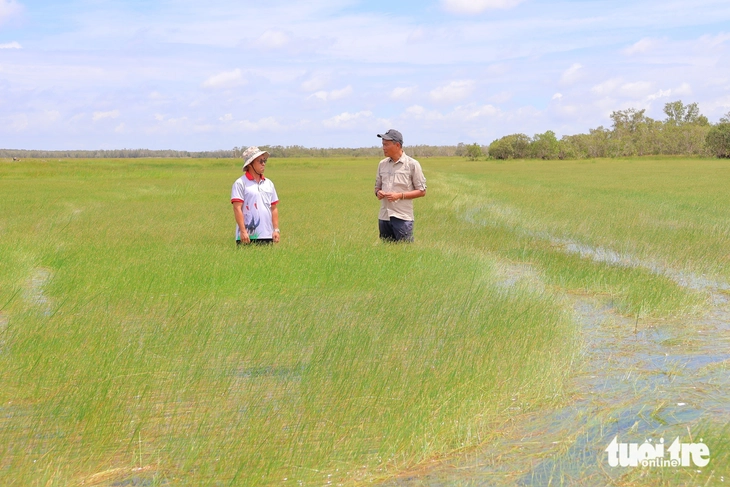
Reed grassland in the core zone of Tram Chim National Park - Photo: HUU BINH
When the flood season comes, Tram Chim National Park ( Dong Thap province) seems to put on a new coat. The lotus and water lily carpets grow in clusters along the canals, and the reed grass fields have recovered and flourished. The cajuput forest has sprouted new buds with a distinctive scent. Many species of birds gather here to nest and breed.
All create a vivid and attractive natural picture with cool green carpets of forest, dotted with red, yellow, purple and white flower petals, flocks of birds flying around the cajuput trees.
This season, the number of tourists visiting Tram Chim National Park is also higher than other times of the year.
According to Tram Chim National Park Conservation Center, nearly 100 hectares of the reed community have been restored and are producing tubers very well in the core area of the park.
Previously, in the dry season, Tram Chim National Park implemented many solutions such as actively burning grass, regulating water levels, controlling soil pH... to restore the park's ecosystem.
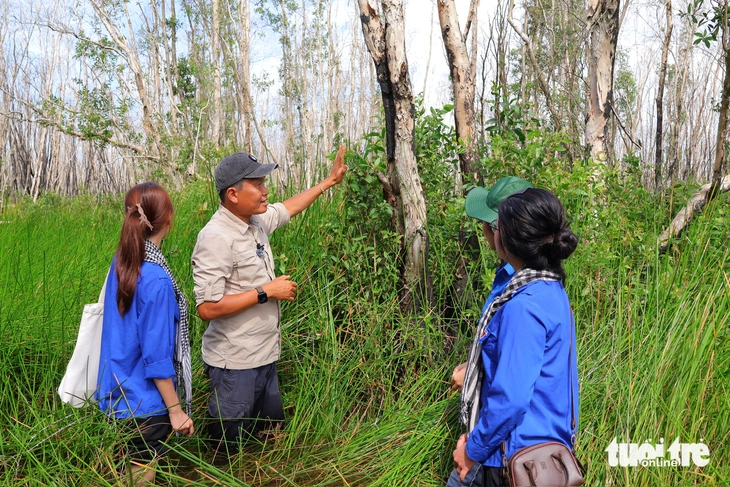
Dr. Tran Triet is explaining to students about the growth characteristics of cajuput trees - Photo: DANG TUYET
Dr. Tran Triet - Director of the Southeast Asia Crane Conservation Program, International Crane Association - who has spent many years working with Tram Chim National Park in restoring the ecosystem here - explained that for the Melaleuca forest to develop sustainably, seasonal water regulation is needed to help Melaleuca roots develop, helping native plant species recover and develop naturally.
"It's been a long time since we've seen white water lilies growing all over the canals in Tram Chim National Park. This is a species that loves alum. This shows that the water environment has improved significantly, similar to the Dong Thap Muoi region in the past.
Besides the golden grass field, the Melaleuca forest ecosystem is also strongly reviving. In subdivision A1, where a fire occurred in June 2024, young Melaleuca trees nearly 2 meters high have grown," said Mr. Triet.
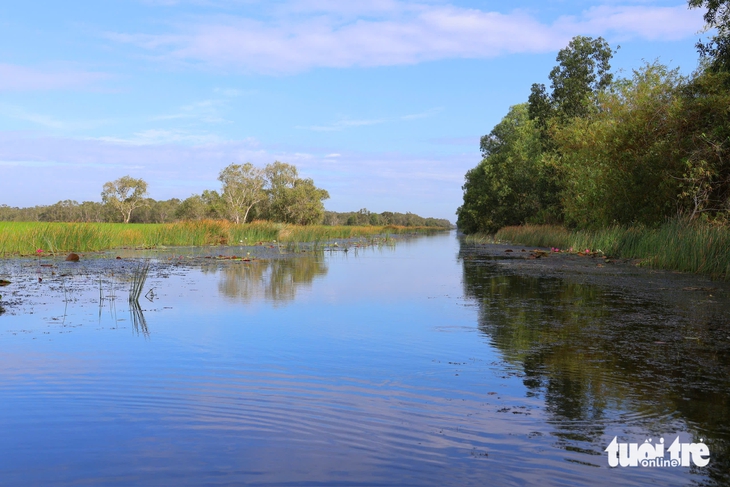
The cool green canals of Tram Chim National Park during flood season - Photo: DANG TUYET
According to the Tram Chim National Park Conservation Center, the number of waterfowl returning to the park is increasing, with rare species returning to breed after many years. Typical species include stilts, combed ducks, necked egrets, and many migratory birds nesting and breeding here.
The aquatic ecosystem is also more diverse. Typical aquatic species of the ancient Dong Thap Muoi such as purple water lily, yellow water lily (eggweed), and white water lily have reappeared.
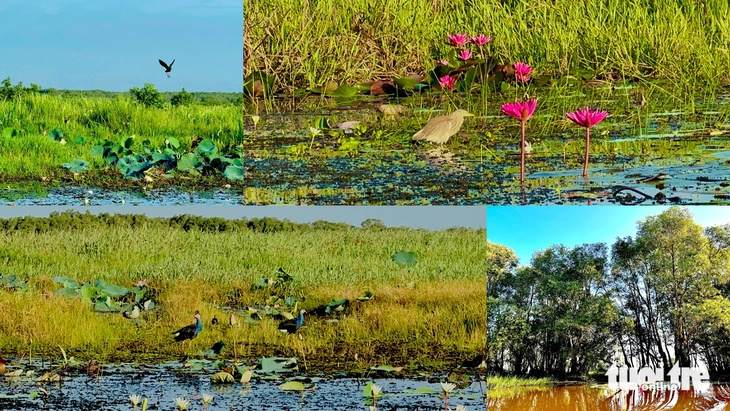
Many green carpets at Tram Chim National Park in the flood season attract tourists - Photo: DANG TUYET
According to statistics from Tram Chim Tourist Area, during the recent September 2nd holiday, the garden welcomed nearly 1,500 visitors, not including local visitors, teachers, and the elderly. Revenue reached over 310 million VND, including entrance tickets, tour guide services, food and beverage, and transportation. At the peak on September 1st, visitors gathered in large numbers, causing local congestion.
Source: https://tuoitre.vn/vuon-quoc-gia-tram-chim-hoi-sinh-ruc-ro-giua-mua-nuoc-noi-20250910094531352.htm


![[Photo] Keep your warehouse safe in all situations](https://vphoto.vietnam.vn/thumb/1200x675/vietnam/resource/IMAGE/2025/10/1/3eb4eceafe68497989865e7faa4e4d0e)

![[Photo] President of the Cuban National Assembly visits President Ho Chi Minh's Mausoleum](https://vphoto.vietnam.vn/thumb/1200x675/vietnam/resource/IMAGE/2025/10/1/39f1142310fc4dae9e3de4fcc9ac2ed0)
![[Photo] Hanoi morning of October 1: Prolonged flooding, people wade to work](https://vphoto.vietnam.vn/thumb/1200x675/vietnam/resource/IMAGE/2025/10/1/189be28938e3493fa26b2938efa2059e)




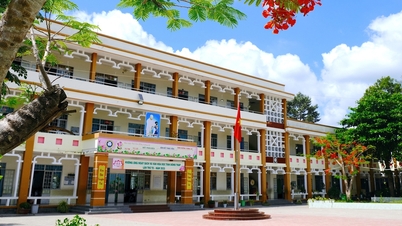


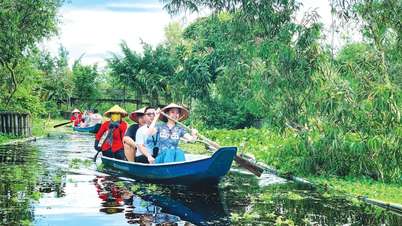

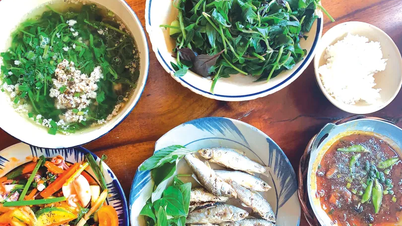






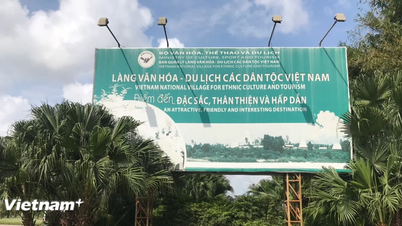

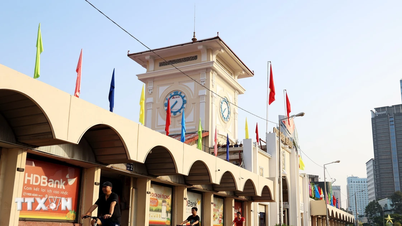







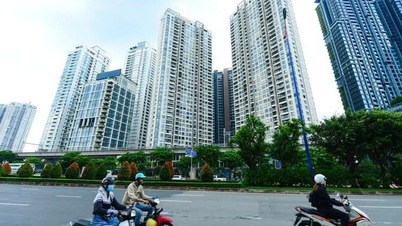

































































Comment (0)